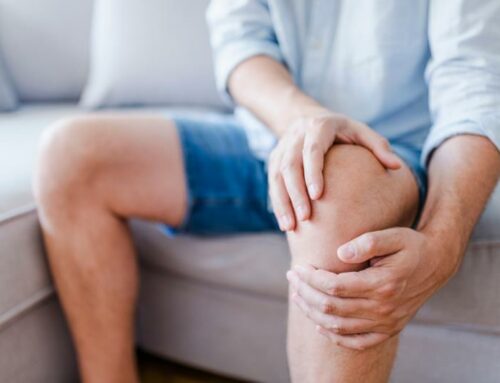A Complete Guide to Meniscal Tear
Meniscal tears are common injuries to the cartilage of the knee that can affect athletes and nonathletes alike. These tears can be either “acute,” meaning they happen as a result of a particular movement, or “degenerative,” meaning they happen over time. Performance Physical Therapy can help you heal a meniscal tear and restore your strength and movement. If surgery is required, we can help you prepare for the procedure and recover following surgery.
What is a Meniscal Tear?
The meniscus is a cartilage disc that cushions your knee. Each of your knees has 2 menisci (plural of meniscus); one on the inner (medial) part of the knee, and the other on the outer (lateral) part of the knee. Together, they act to absorb shock and stabilize the knee joint.
Meniscal tears can be classified in 2 ways: acute or degenerative. An acute meniscal tear typically is caused by twisting or turning quickly on a bent knee, often with the foot planted on the ground. This mechanism of injury often produces related injuries, such as an ACL tear. Degenerative meniscal tears occur over time, due to repetitive stress being put on the knee, such as in a job or sport that requires a lot of squatting.
What Are The Symptoms?
When you tear the meniscus, you might experience:
How Is It Diagnosed?
Your physical therapist will:
How Can a Physical Therapist Help?
Meniscal tears can often be managed without surgery. A short course of treatment provided by a physical therapist can help determine whether your knee will recover without surgery. Your physical therapist can help control pain and swelling in the knee area and work with you to restore full strength and mobility to your knee. Your treatment may include:
Manual therapy – Your physical therapist may apply manual therapy such as hands-on treatment that may include massage, stretching, or joint mobilization—to help reduce swelling and stiffness, and restore muscle function around the knee.
Icing – Your physical therapist will apply ice packs to the knee to help control any pain and swelling and may instruct you to apply icing at home. Swelling is an important “guide” during your rehabilitation and can indicate your level of ability and recovery. If you experience an increase in swelling, your physical therapist will modify your treatment program or activity level to ensure your safest, most effective recovery.
Compression – Your physical therapist may recommend the use of compression bandages, stockings, or pumps to assist in the reduction of or prevent further accumulation of edema (swelling). Your physical therapist may include them as part of your regular treatments and teach you and your family how to use them at home.
NMES – Your physical therapist may use a treatment called neuromuscular electrical stimulation (NMES). NMES uses electrical current to gently stimulate/contract the muscles around your knee to help improve their strength.
Assistive devices – It may be necessary to use assistive devices such as crutches, a cane, or a walker in the short term. Your physical therapist will make recommendations about which device is best for you and will instruct you on how to use it properly.
Strengthening exercises – Your physical therapist will design exercises to build and maintain your strength during recovery and help restore full movement to the knee. You will be given a home program of exercises that are specific to your condition. Strengthening the muscles around the knee and throughout the leg helps ease pressure on the healing knee tissue.
Fitness counseling – As you recover, your physical therapist will advise you on ways to improve and maintain your fitness and activity levels, and will help you decide when you are ready to return to full activity.
Can This Injury or Condition Be Prevented?
There is little research at this time to support exercise or other interventions such as bracing for prevention of meniscal injuries. However, you can make choices to help improve your overall fitness and keep your knees as strong and as healthy as possible. Practices that can help keep your knees strong include:




